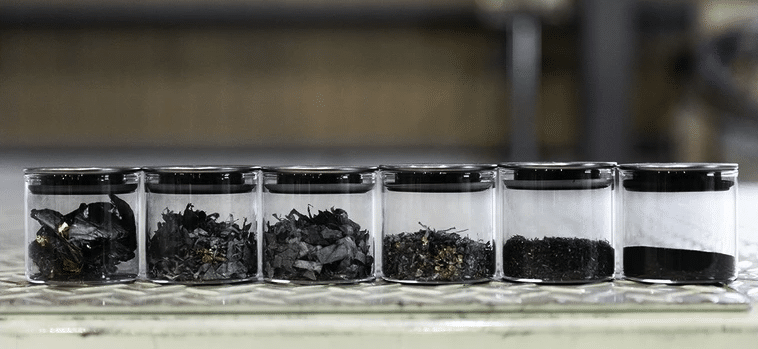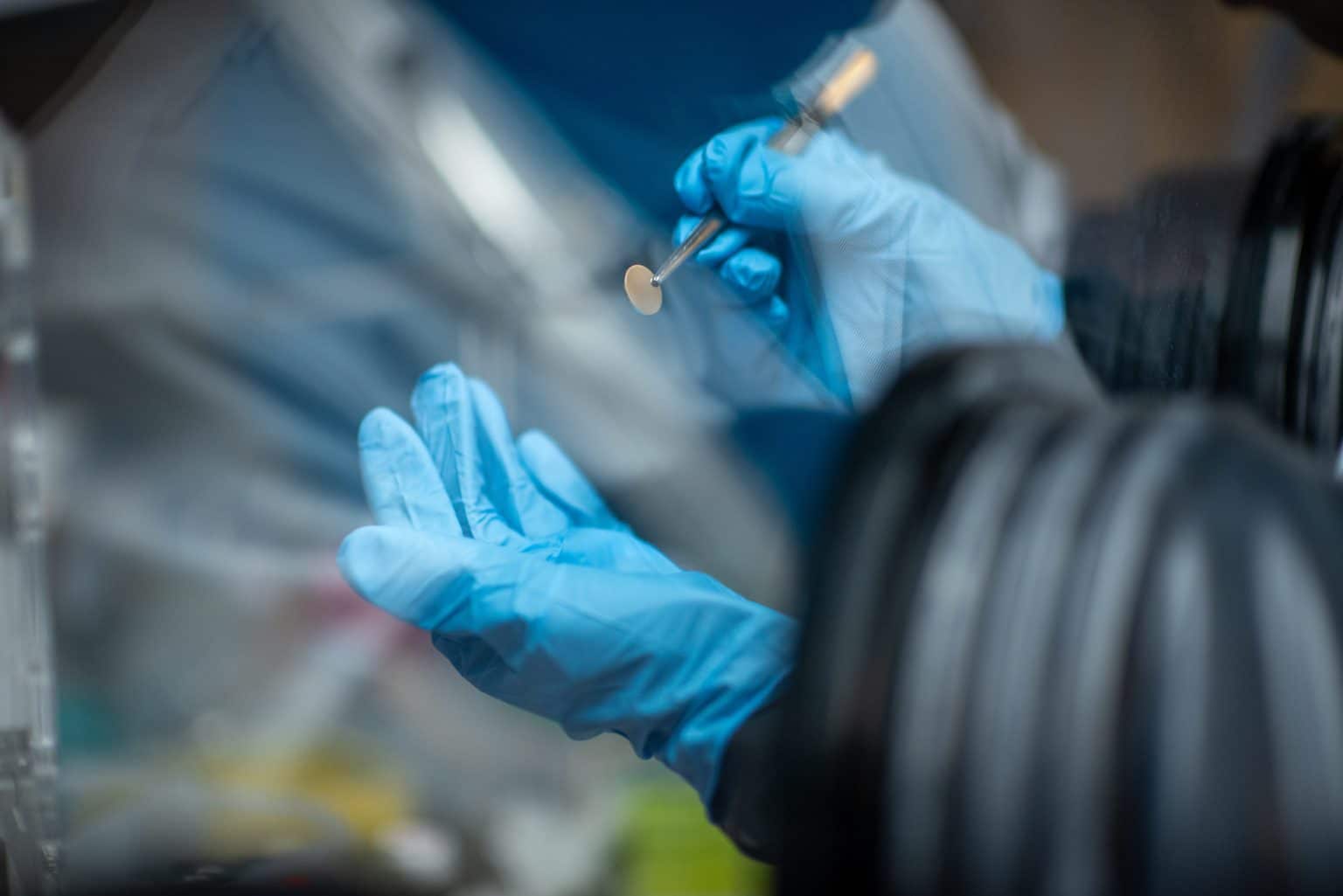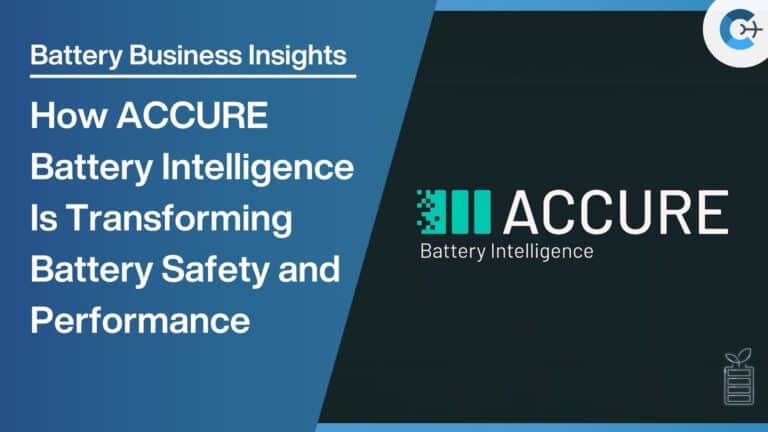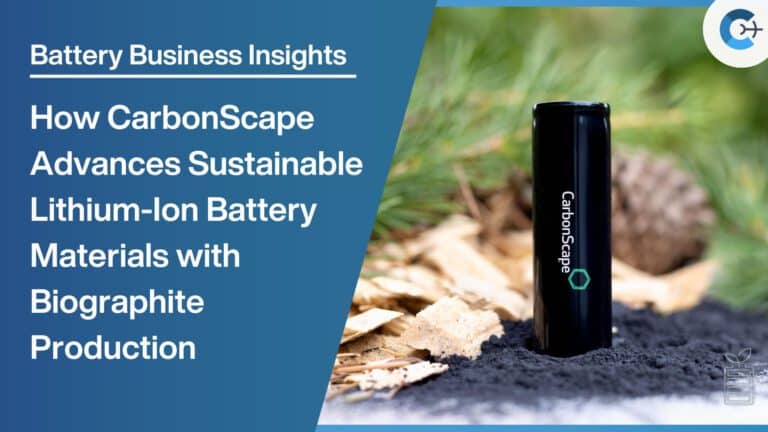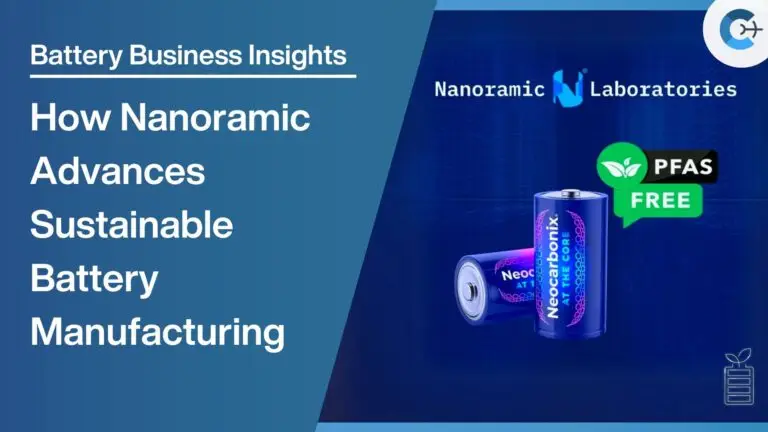Toyota Chemical Engineering has developed a new recycling technology for high-voltage batteries, aimed at reducing CO2 emissions and increasing the reuse of raw materials in the recycling process.
With the growing prevalence of electrified vehicles, the demand for rare metals such as cobalt and lithium has risen. These metals are limited in availability, making recycling increasingly important for establishing a resource-efficient circular economy on the path toward climate neutrality. Additionally, in Europe, battery manufacturers are required to process a fixed percentage of rare metals recovered from used batteries starting in 2031.
Traditional recycling methods involve processing used batteries in incineration facilities before collecting and further processing the rare metals. However, this incineration process results in the loss of some valuable materials and generates significant CO2 emissions. To achieve a completely climate-neutral lifecycle for a vehicle, all emissions from manufacturing through decommissioning to recycling must be accounted for and gradually reduced. A critical step in reducing CO2 emissions could be battery recycling without prior combustion, an area where Toyota has already conducted promising verification tests.
Since 2010, Toyota Chemical Engineering, a company specializing in industrial waste processing, has collaborated with Toyota to develop the first recycling technology for nickel-metal hydride (NiMH) batteries. The company’s plant in Handa, Aichi Prefecture, collects and recycles used hybrid vehicle batteries using conventional incineration methods. However, since fall 2023, the company has been researching a new technology.
The electrolyte fluid in batteries, which facilitates ion movement, is highly flammable. To eliminate fire risks during processing, Toyota Chemical Engineering distills and extracts the electrolyte fluid. The battery cells are then crushed, sorted, and reintegrated into the production process. The recovered materials include large aluminum- or iron-containing pieces and “black mass,” a powder containing various rare metals. Partner companies process these raw materials for reuse in new battery production.
“Implementing such new processes involves significant investment costs,” said Yumi Otsuka, Chief Sustainability Officer at Toyota. “However, it is crucial to consider the entire lifecycle of a vehicle holistically. For example, with our mobility service KINTO, managing the vehicles ourselves makes it easier to ensure recycling and reuse of parts and materials. Additionally, maintaining continuous contact with our customers allows us to offer new services like upgrades and personalization. Therefore, a comprehensive circular economy contributes to lower CO2 emissions and creates new business opportunities.”
Toyota Motor Corporation is committed to developing and producing innovative, safe, and high-quality products and services to provide unrestricted mobility for everyone. Since its founding in 1937, the company has worked towards a safer, more sustainable, and inclusive society. As it transitions into a mobility company focusing on connectivity, automation, sharing, and electrification, Toyota remains dedicated to its guiding principles and the United Nations’ Sustainable Development Goals, aiming to contribute to a better world where everyone can move freely.
Source: Toyota Media

